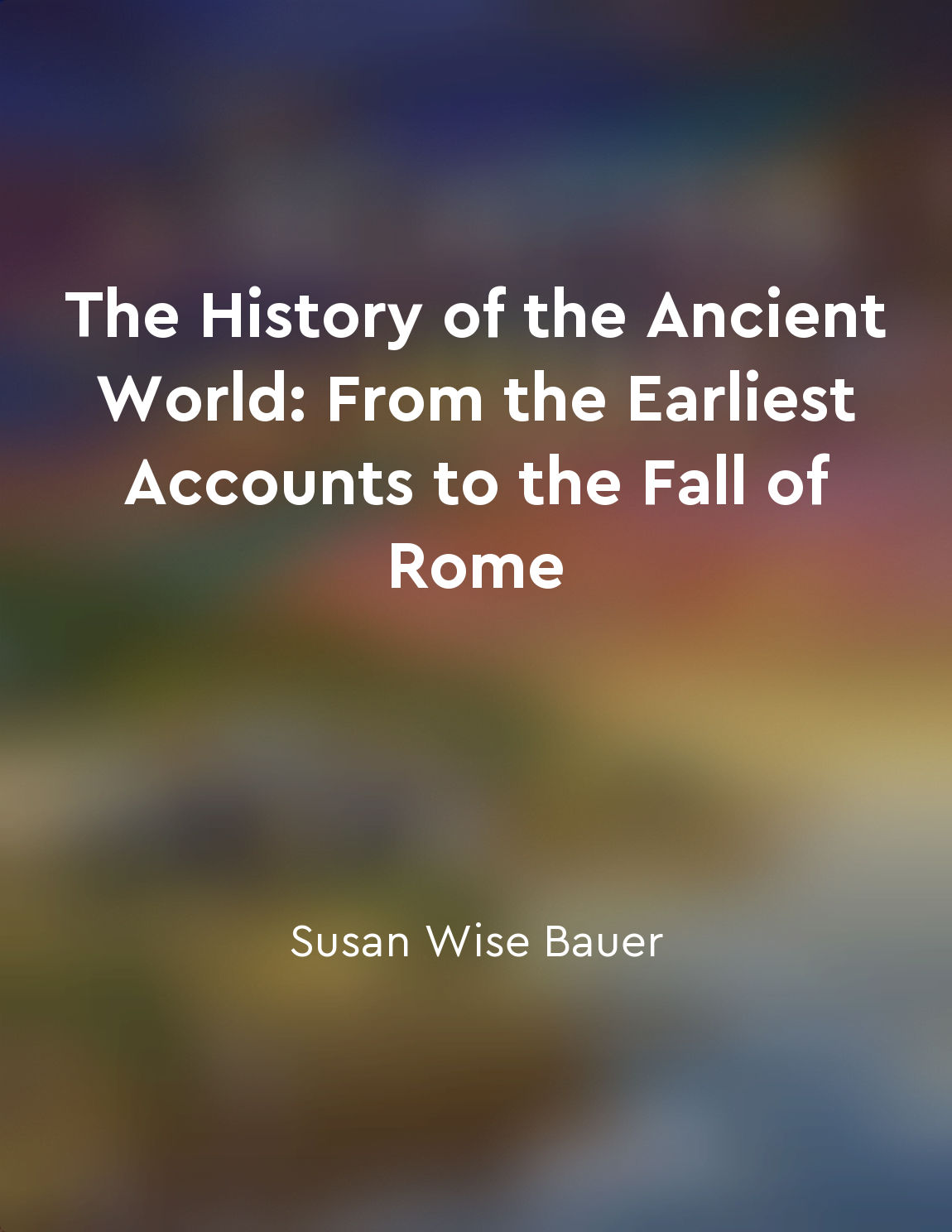Bioarchaeology focuses on the study of human remains in archaeological contexts from "summary" of Introduction to Physical Anthropology by Robert Jurmain,Lynn Kilgore,Wenda Trevathan,Russell L. Ciochon,Eric J. Bartelink
Bioarchaeology is a fascinating field that involves the study of human remains in archaeological contexts. When archaeologists uncover human skeletons or other remains, bioarchaeologists step in to analyze these materials in order to learn more about the individuals themselves, as well as the societies in which they lived. By examining human remains, bioarchaeologists can gain insights into various aspects of past populations. For example, they can determine the age, sex, and stature of individuals, as well as investigate patterns of health and disease in ancient societies. By studying the bones and teeth of individuals, bioarchaeologists can also infer information about diet, activity levels, and even social status. In addition to studying individual skeletons, bioarchaeologists also look at patterns across populations. By comparing data from multiple individuals within a cemetery or archaeological site, researchers can identify trends in health, diet, and lifestyle that may have been common within a particular group of people. This approach allows bioarchaeologists to draw broader conclusions about past societies and how they may have lived. One of the key strengths of bioarchaeology is its ability to provide a more personal and human perspective on the past. By focusing on the individuals themselves – their bodies, health, and daily lives – bioarchaeologists can bring a sense of humanity to the study of ancient civilizations. This emphasis on the individual can help to humanize the past and make it more relatable to modern audiences.- Bioarchaeology plays a crucial role in helping us to understand the lives of past peoples through the study of their physical remains. By analyzing human skeletons and other biological materials, bioarchaeologists are able to uncover valuable information about ancient societies, shedding light on their health, diet, lifestyle, and social dynamics. This field offers a unique perspective on the past, allowing us to connect with individuals who lived long ago and learn more about the rich tapestry of human history.



